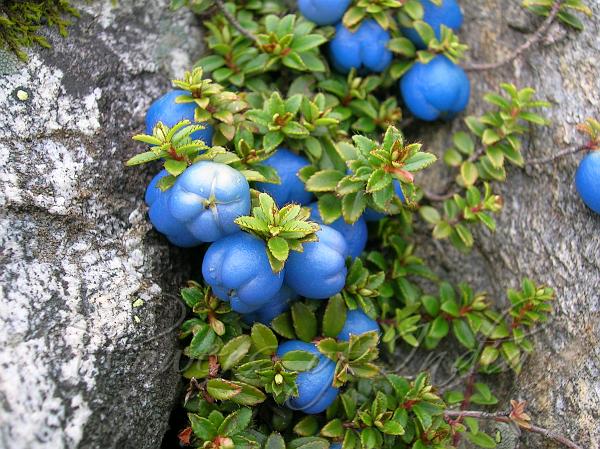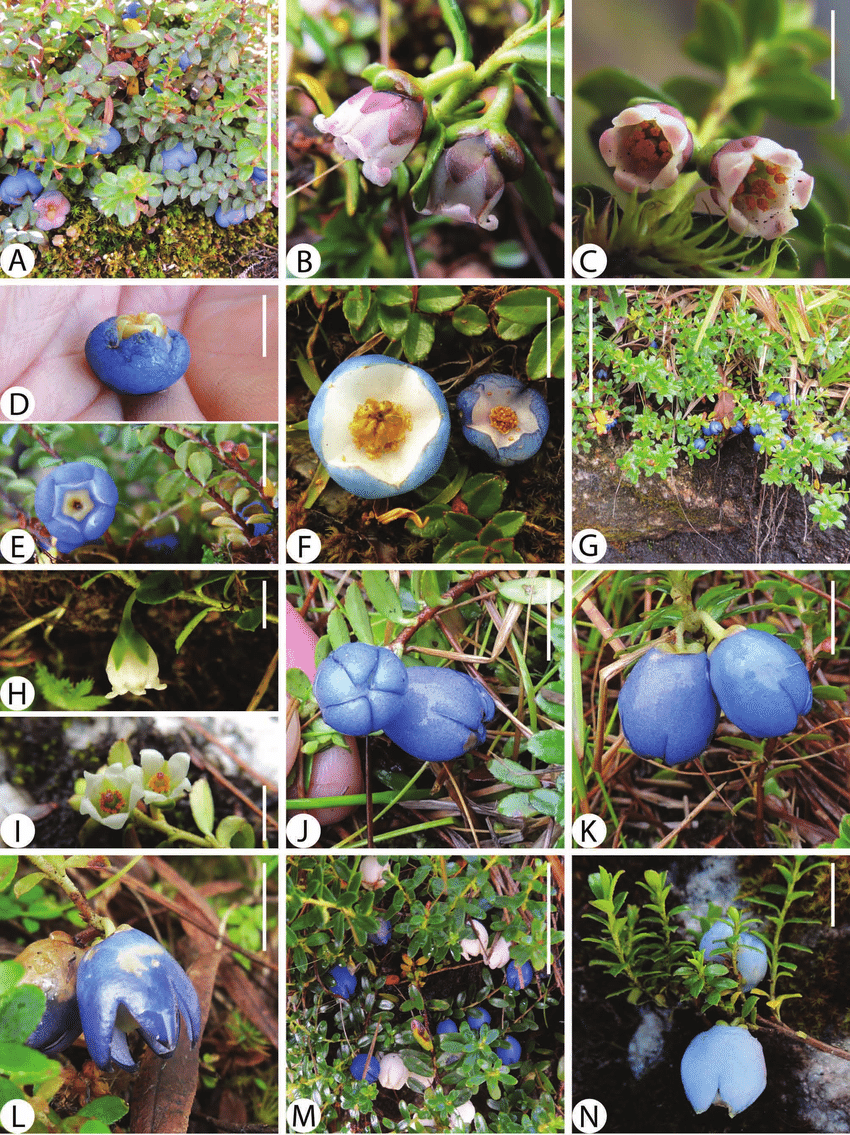Gaultheria trichophylla, commonly known as the "Hairy-leaved Wintergreen" or "Spotted Wintergreen," is a species of flowering plant in the family Ericaceae. This rare and beautiful plant thrives in high-altitude regions, making it an intriguing addition to the diverse ecosystem of mountainous areas. Whether you're an enthusiast of high-altitude flora, an ecologist, or simply someone interested in the fascinating world of plants, this article will offer you an in-depth look at Gaultheria trichophylla's taxonomy, habitat, and ecological importance.

Kingdom: Plantae
Division: Angiosperms
Class: Eudicots
Order: Ericales
Family: Ericaceae
Genus: Gaultheria
Species: Gaultheria trichophylla
The plant belongs to the Ericaceae family, which includes various well-known genera such as Rhododendron, Vaccinium, and Kalmia. Gaultheria, the genus to which Gaultheria trichophylla belongs, is a group of evergreen shrubs known for their aromatic leaves and often strikingly beautiful flowers.
Gaultheria trichophylla is native to several high-altitude regions across Asia, including parts of China, Nepal, Sikkim, Myanmar, and Kashmir. Within China, it is mainly found in the southwestern provinces of Sichuan, Tibet, and Yunnan. The plant typically thrives in the mountainous terrains of these areas, often growing in environments that range from 2,700 meters to 4,200 meters above sea level.
These high-altitude environments provide Gaultheria trichophylla with the cool, misty conditions it needs to flourish. The plant is generally found growing in rocky, well-drained soils on the edges of forests or in alpine meadows, which is characteristic of its natural habitat.
While Gaultheria trichophylla may not be as large or as widely known as some other members of the Ericaceae family, it still boasts unique physical traits that make it stand out in its native habitat.
Size and Structure
Gaultheria trichophylla is a low-growing evergreen shrub that typically reaches heights of about 20 to 40 cm. It is characterized by its compact, bushy growth form. The plant has small, leathery leaves that are typically oval to elliptical in shape. The leaves often feature a distinctive dark green color on the upper surface and a paler, waxy coating on the underside, which helps it retain moisture in its high-altitude habitat.
Flowers and Fruit
The flowers of Gaultheria trichophylla are small but vibrant, usually white or pale pink, and bloom in clusters during the spring and early summer. These flowers are characterized by their urn-shaped appearance and are typically borne in small racemes or clusters, attracting pollinators like bees and butterflies. Once pollinated, the plant produces small, red or orange berries, which serve as a food source for birds and other wildlife.
Leaves and Aromatic Qualities
One of the most notable features of Gaultheria trichophylla is its aromatic leaves. When crushed, the leaves release a fragrant oil, similar to that of wintergreen. This oil contains methyl salicylate, which gives the plant its characteristic scent and has been used historically for medicinal purposes in various cultures.
Gaultheria trichophylla plays a vital role in the ecosystems of the high-altitude regions it inhabits. Here's how:
Biodiversity and Habitat
The plant is an important component of alpine meadows and forest edges, providing ground cover and contributing to the overall biodiversity of these high-altitude ecosystems. Its dense, low-growing form helps prevent soil erosion, especially in areas with steep slopes or rocky terrain.
Pollinator Support
As a flowering plant, Gaultheria trichophylla contributes to supporting local pollinators, including various species of bees and butterflies. The small, fragrant flowers attract these insects, which in turn help facilitate the pollination of other nearby plants.
Food Source for Wildlife
The bright red berries produced by Gaultheria trichophylla serve as an important food source for birds and small mammals in the region. These berries are rich in nutrients, which provide energy for the wildlife during the colder months when other food sources may be scarce.
Adaptations to Harsh Environments
Living at high altitudes comes with its set of challenges, including low temperatures, strong UV radiation, and strong winds. Gaultheria trichophylla has developed a number of adaptations to survive in such environments:
Thick, leathery leaves that reduce water loss and protect the plant from the harsh winds.
A low-growing, compact structure that helps it avoid the worst of the wind and cold temperatures.
A waxy coating on the underside of its leaves, which helps minimize water evaporation, particularly in dry or windy conditions.

Currently, Gaultheria trichophylla is not classified as endangered or threatened, and it is not widely cultivated in gardens or for commercial use. However, because it thrives in specific, high-altitude environments, it may face challenges if those habitats are disrupted by human activity such as mining, tourism, or deforestation.
While it is not yet widely cultivated, Gaultheria trichophylla has potential as a horticultural plant due to its unique appearance and aromatic leaves. If introduced to suitable climates at lower elevations, it could become a sought-after ornamental shrub for gardens and landscapes, especially in cooler regions where its high-altitude needs are met.
Gaultheria trichophylla is a remarkable plant that embodies the beauty and resilience of high-altitude ecosystems. With its aromatic leaves, delicate flowers, and bright berries, it adds a touch of charm to the rugged mountain landscapes where it thrives. Whether you're an enthusiast of alpine plants or an ecologist studying high-altitude flora, Gaultheria trichophylla represents a fascinating glimpse into the delicate balance of life at the top of the world.
As more attention is given to the conservation of mountain habitats and the cultivation of rare plant species, we may see this little-known gem from the Rhododendron family becoming better appreciated in botanical circles and beyond.
animal tags: gaultheria-trichophylla
We created this article in conjunction with AI technology, then made sure it was fact-checked and edited by a Animals Top editor.